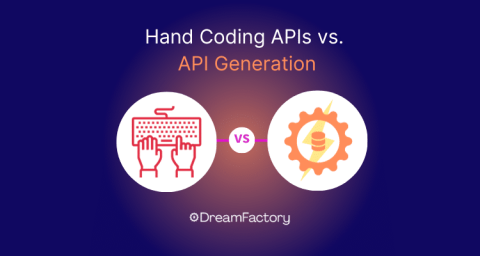What is natural language search (NLS)?
Business leaders find themselves involved in a range of high-priority tasks, most of which require making critical decisions. Let’s say you’re the sales head of a global organization. You’re ready to make an important decision about next quarter’s sales strategy, but you must first look at the right data set. You know it exists somewhere in your organization’s databases, yet it’s not within the arm’s reach.











